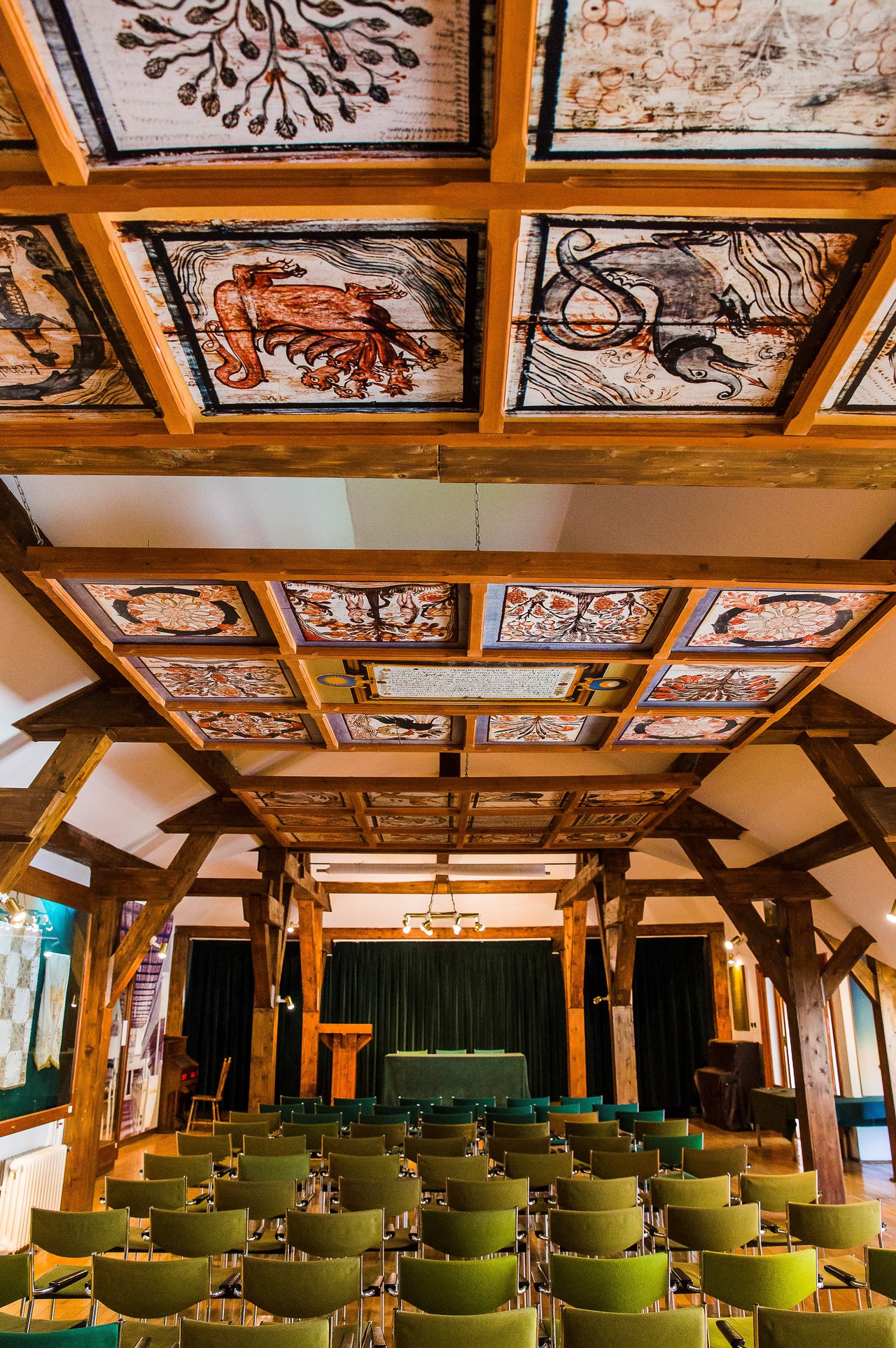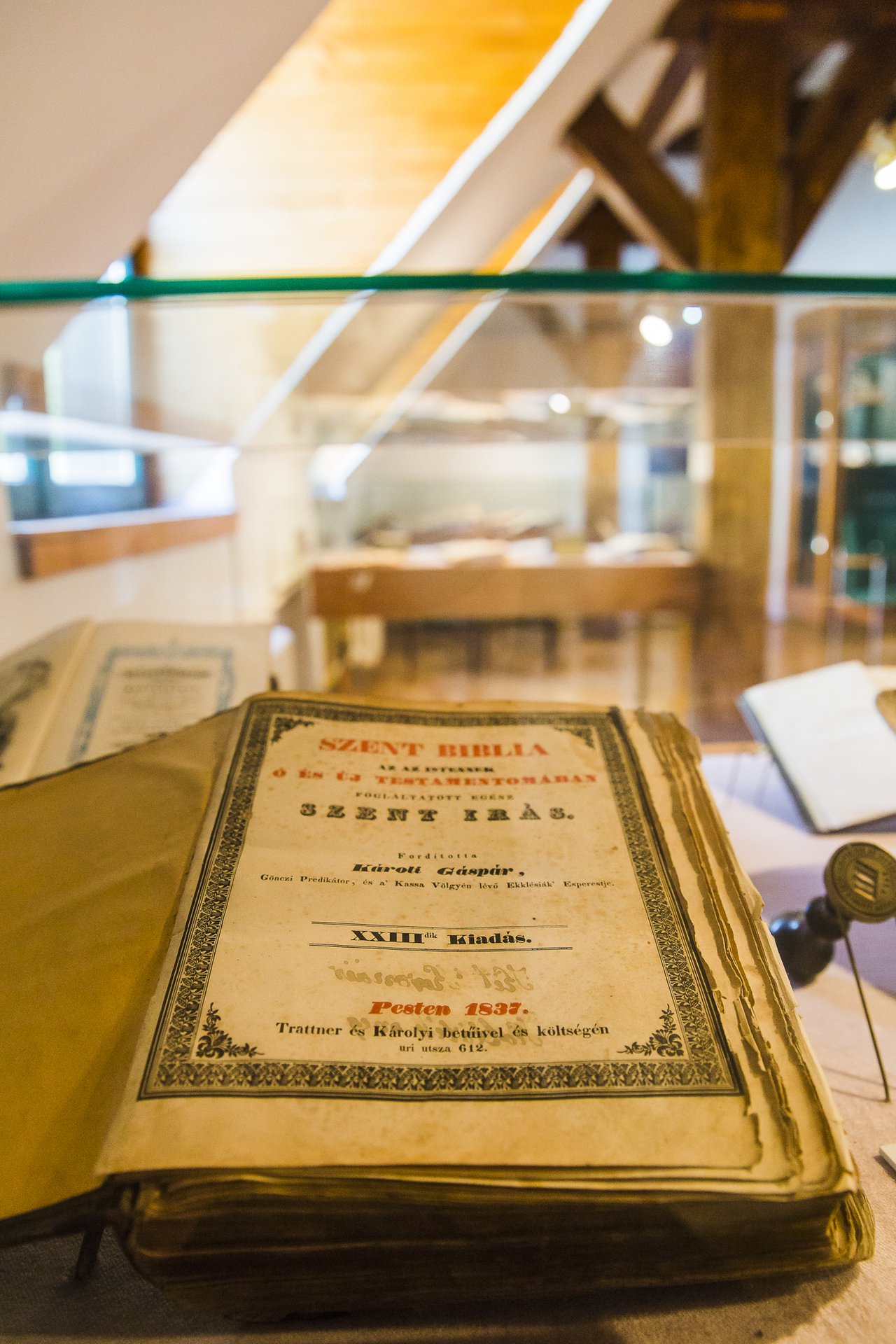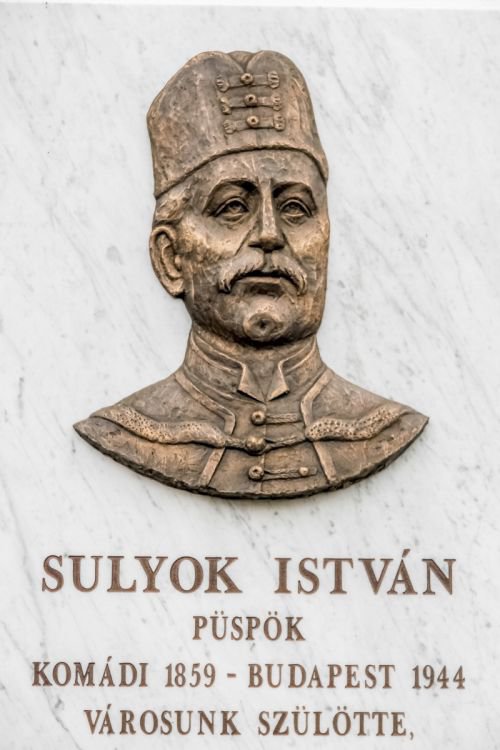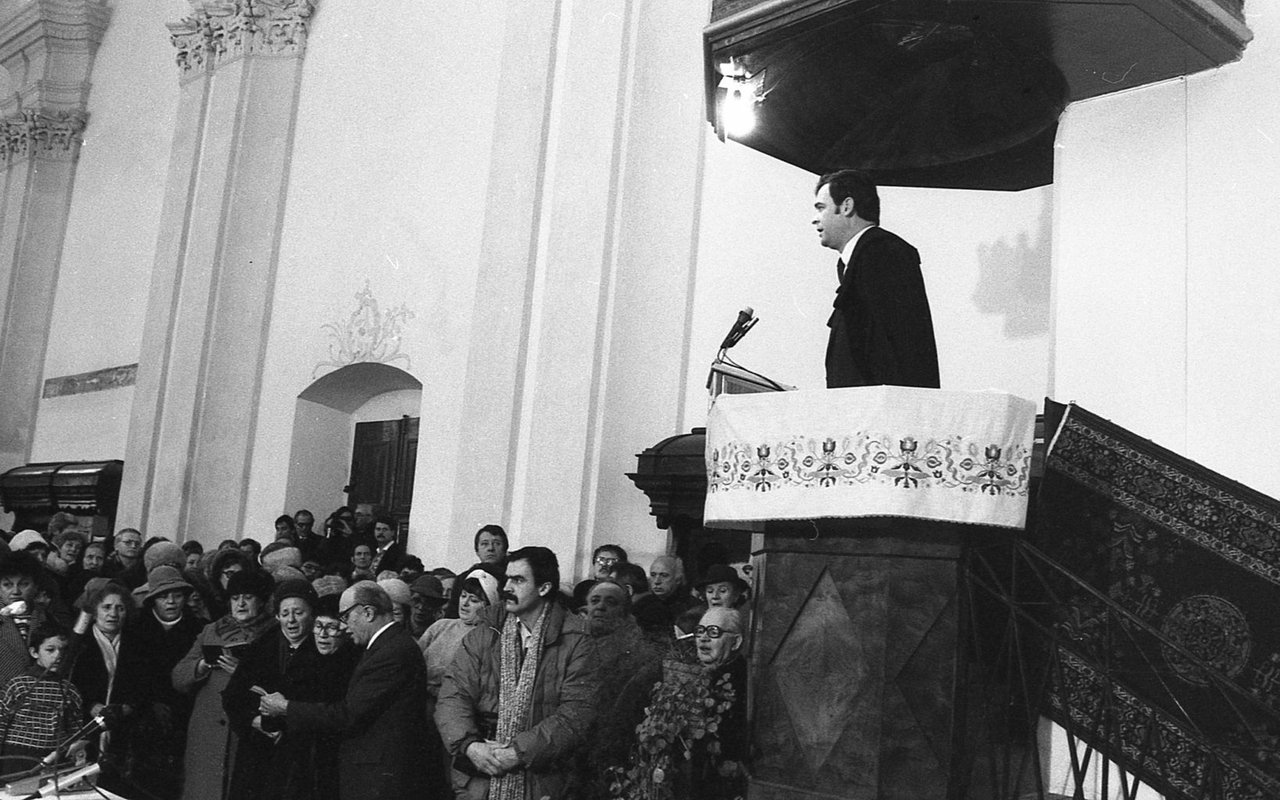The Reformed Church District of Királyhágómellék celebrates a bittersweet anniversary: the centenary of its forced foundation is being commemorated in Oradea on 17-18 September. Reformátusok Lapja, the weekly magazine of RCH recalled how the new ecclesiastical entity was established in Romania.

Museum Hall of the Lorántffy Zsuzsanna Church Center in Oradea
"After signing of the Peace Dictate in Trianon (Versailles) on 4 June 1920, all ties with the Reformed church bodies outside the new borders of the dismembered Hungarian Kingdom were severed," quotes the newspaper the study of the Reformed theologian István Visky The Hungarian Reformed Church in the annexed territories. In regions lost to neighbouring countries – in Transylvania and Királyhágómellék (King’s pass) region (Romania), in Upper Hungary (literally Uplands in today’s Slivakia), in Transcarpathia (Ukraine), in southern territories in Yugoslavia and also in Burgerland - the central church jurisdiction and administration virtually ceased to exist from the mid-1920s, and the Reformed in the annexed parts faced a challenge unprecedented in their history; autonomy and forced independence. The only exception was the Transylvanian Reformed Church District, which retained its organisational and institutional integrity after the annexation. Freely, under Romanian authority.
Dismembered
From the beginning of the independent Transylvanian Principality, the present-day Reformed Church District of Királyhágómellék was part of the Transtibiscan (means: beyond the river Tisza) Church District, based in Debrecen. After the peace treaty in Trianon, eight presbyteries of the Transtibiscan region came under Romanian administration, with a total of one hundred and fifty-three congregations. In 1920, the Romanian government ordered that the Transylvanian Reformed Church District should exercise jurisdiction over the eight presbyteries (dioceses) that had been separated from Hungary until the legal situation of them was settled. The Church District of Transylvania disagreed with the decision because it could not assume control over the Presbyteries that refused to accept its authority.

Várad Bible
The publication famous Bible of Várad (today Oradea) was sponsored by Zsuzsanna Lorántffy, wife of György Rákóczi I, Prince of Transylvania. It was the first full Hungarian translation of the Bible printed in Transylvania. It was published in 1661.
The Treaty of Trianon was prepared at the Paris Peace Conference and was signed in the Grand Trianon Palace in Versailles on 4 June 1920. It formally ended World War I between most of the Allies of World War I and the Kingdom of Hungary. It regulated the status of the independent Hungarian state and defined its borders generally within the ceasefire lines established in November–December 1918 and left Hungary as a landlocked state that included 93,073 square kilometres, 28% of the 325,411 square kilometres that had constituted the pre-war Kingdom of Hungary (the Hungarian half of the Austro-Hungarian monarchy). The truncated Kingdom had a population of 7.6 million, 36% compared to the pre-war kingdom's population of 20.9 million. In the areas that were allocated to neighbouring countries 3.3 million Hungarians lived – 31% – who were now in a minority status.
Towards Forced Autonomy
The senior dean, István Sulyok, pastor of the congregation in Oradea, called a meeting on October 20 1920, to decide whether the eight presbyteries should be independent or join the Transylvanian Church District. The leaders of the presbyteries were not unanimous, and those who were in favour of unification even disputed the legality of the meeting. Therefore István Sulyok called a district assembly in Oradea on 14 December. The delegates present at the general assembly declared the formation of the new Transtibiscan Reformed Church District in Romanian territory. They even designed the official seal of the Church District, and entrusted István Sulyok, the dean, and Elemér Domahidy, the chief elder, with its provisional leadership. Romanian authorities were not at all pleased with the establishment of a new, independent Church District; the Oradea assembly and its decisions were not officially recognised. In order to resolve the "ex lex" situation, on 21 March 1921, chief elder Domahidy travelled to Debrecen. During the occupation, the Church District operated semi-legally, as the Romanian King Charles II only recognised it as a legal entity officially on 23 November 1939, due to the changed international circumstances.

Plaque of István Sulyok in his hometown, Komádi
The Days of the Communist Regime
According to the decisions of Vienna Award prior the Second World War, most of the presbyteries and congregations of the Church District returned to Hungary, but after WWII, the region called Partium became again part of Romania. The Communist takeover in 1948 brought the darkest decades in the life of the Reformed community in Transylvania: the church lost all its property, its schools and social institutions were nationalised. Church life was limited to Sunday church services, which were strictly controlled. When the communist dictatorship was in full swing, several Reformed pastors were arrested and the life of the Church District was constantly monitored by the state authorities with the help of undercover agents of the secret police, the Securitate," remind the article.

László Tőkés preaches the gospel
The Promise of Freedom
"In December 1989, the Romanian revolution broke out with the heroic stance of the Temesvár (Timisoara) Reformed congregation. It marked the defeat of the Ceausescu dictatorship. After these events, both districts - Királyhágómellék and Transylvania - regained their former names and appellations. László Tőkés, pastor of Timisoara, was elected Bishop of the Királyhágómellék Reformed Church District," the weekly says, referring to the District’s website. The editors of the official website point out that it was in the post-Trianon period, especially in the last decades, that the people of Partium and Transylvania suffered the most serious loss in their 450-year history. After the change of regime, the Romanian Reformed Church has continuously fought for the freedom of worship, and still today they are struggling to regain educational and social institutions that were nationalised under communism.
BISHOPS OF THE CHURCH DISTRICT
István Sulyok (October 3 1920 – January 1 1942)
Béla Csernák (November 27 1946 – 1947)
Aladár Arday (1948. May 23 1948 – September 16 1961)
Sándor Búthi (January 1 1962 – 1967. March 15 1967)
László Papp (1967 – December 22 1989)
László Tőkés (March 26 1990 – June 19 2009)
István Csűry (November 19 2009 – )
Closing Statement of the festive meeting of the General Convent
The General Convent of the Hungarian Reformed Church greets the century old Reformed Church District of Királyhágómellék with gratitude to God for the preservation and with good hope. In the unity of the Hungarian Reformed community, in the fellowship of brothers and sisters, with prayerful hearts, we rejoice with those who rejoice, and weep with those who weep, and we struggle with those who struggle. Christ is our future, together we follow Him.
The Reformed Church District of Királyhágómellék (Hungarian: Királyhágómelléki Református Egyházkerület; Romanian: Episcopia Reformată de pe lângă Piatra Craiului) is one of the two Church Districts of the Reformed Church in Romania, with its headquarters in Oradea. It was part of the Hungarian Reformed Church from the 16th century until 1920, when it came under Romanian administration in accordance with the Treaty of Trianon and became part of the newly founded Reformed Church in Romania. The District of Királyhágómellék of the Reformed Church in Romania was established in effect of the Trianon Peace Treaty (1920). Its statutory meeting was held on 14 December 1920, but attendance was incomplete. Next year, all prebyteries delegated participants to the General Assembly of 16 August 1921, where the new church district elected its presidium and started to structure the new church body. In the following years, a new institutional and organizational network was built. Since the changes of 1989, the Reformed Church in Romania has fought steadily for freedom of worship, for the religious, human and community rights of its believers, as well as for the restitution of its educational and social institutions. The Church District has around 200 000 members. In 2009 it joined, with other Hungarian reformed Church Districts the so called Common Synod, which represents the unity of the Hungarian Reformed Church in and around Hungary. The Church District has been member of the WCRC, CPCE, CEC and WCC.
Read more about its history on the official website of the Church District.